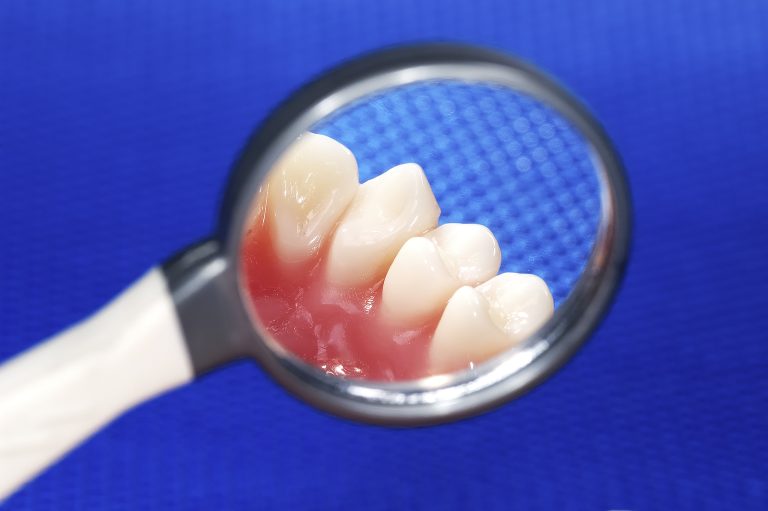If you’ve had pain in your mouth and been diagnosed with a tooth infection, you may have been prescribed dental antibiotics online or by your dentist. The hope is always that the antibiotics will enable your body to fight off the infection.
However, antibiotics aren’t foolproof and they won’t always be enough to cure a tooth infection. So, if you’re coming towards the end of your course of antibiotics and the infection is still there, what should you do next? And what might the next steps of your treatment be?
First and foremost, if you have a persistent tooth infection it’s essential that you get seen by a dental professional who can examine you and work out the precise source and cause of your infection, because this will inform their next recommendations.
In some cases, you may have been prescribed antibiotics for a tooth infection to help prevent it from spreading or to try to get it under control before further treatment is given.
Regardless of the reason for prescribing you antibiotics, it’s important that you see your dentist to agree on the next steps.
Dental abscesses: how are they treated?
If the antibiotics haven’t cleared up your infection, it’s likely that you have a dental abscess. This is an infected area in your tooth or gum that is filled with pus. To help it heal, your dentist will need to drain the abscess and clear out all signs of the infection.
This procedure is known as a root canal treatment. You’ll typically be given a local anaesthetic injection before the procedure begins to numb the area that will be treated.
Your dentist will then drill a small hole in the infected tooth to give them access to the abscess so they can drain it safely. They’ll clean out all the infected tissue and clean your tooth so that your mouth can begin to heal.
Then, they’ll shape the hole in your tooth so that it’s ready for a filling. They won’t necessarily perform the filling on the same day as the root canal treatment though. Often, you will receive a temporary filling to protect the inner part of your tooth and you will go back to your dentist a few days later for a permanent filling or for a crown to be fitted.
If your tooth infection is really severe and has caused a substantial amount of damage to your tooth, your dentist may recommend removing the tooth completely rather than attempting to save it.
However, this will depend on a range of factors, so make sure you ask your dentist about the options available to you so that you understand what treatment you are being offered and why.
When might I need a dental crown?
If the damage caused to your tooth by the infection is more substantial, your dentist might recommend a crown rather than a filling. This is often necessary after a root canal treatment because the process of removing the infection can weaken the tooth.
A crown is essentially a cap that is fitted to your tooth. Each crown will be made to order so that it fits your tooth perfectly. This means it can sometimes take a bit of time before you can have your crown fitted after you’ve had a root canal treatment.
Dental crowns can be made from a variety of materials, including porcelain, ceramic, gold or another metal alloy. Ceramic crowns are most frequently used on front teeth, because this material can be matched to your tooth’s natural colour.
In general, metal and porcelain-based crowns are the most durable options, but your dentist will talk to you about the different materials and recommend the most suitable one based on where your crown will be fitted.
Should you see a dentist if you have a tooth infection?
The golden rule with any tooth infection is to seek the opinion of your dentist as soon as possible. Even if you can be prescribed dental antibiotics online, you should still book an appointment with your dentist as soon as possible as it is likely that you will need another form of treatment in addition to the antibiotics.
If you don’t feel that the antibiotics are working, it’s particularly important that you visit your dentist so that they can assess the problem and talk to you about the most appropriate treatment options.
Remember, antibiotics, like amoxicillin, can be very helpful for treating tooth infections, but they aren’t a cure for everything and they aren’t a substitute for further dental work in many cases. It’s therefore always best to see a dental professional when you start feeling pain in your mouth.







